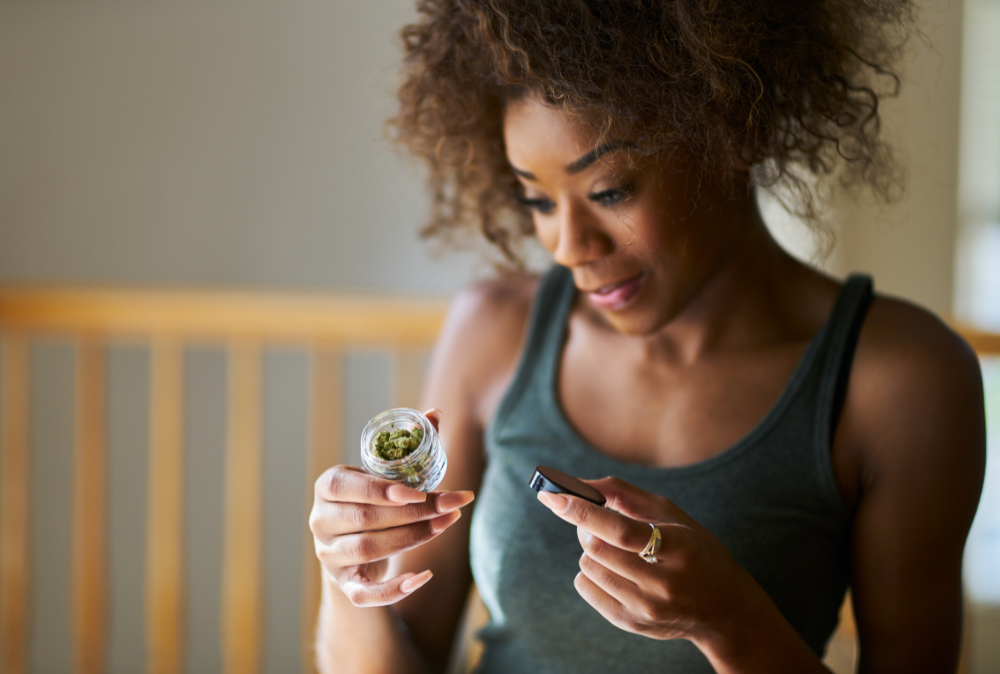
If you’ve ever wandered into a dispensary or scrolled through a cannabis menu online, you’re probably familiar with the classic debate: indica vs. sativa. For years, these two words have been the go-to way of sorting cannabis strains — indica for chilling out, sativa for getting a little buzzed and creative. But like a lot in cannabis culture, the truth is more complicated than that. Let’s break it down in a way that actually makes sense.
Here’s what most people hear about indica and sativa: indica is the couch-lock champ, perfect for winding down after a long day. Sativa is the Energizer bunny of cannabis, making you chatty, creative, or ready to tackle a project. Hybrids sit somewhere in the middle, leaning one way or the other depending on their genetics.
It’s easy to see why these labels stuck — they simplify a huge, confusing world of strains. But here’s the kicker: they aren’t always reliable. In fact, in many instances where people try to guess what they are consuming, most get it wrong. People often think they know the effects of indica vs. sativa, but their experiences don’t line up with the labels. So, while the distinction is a helpful starting point, it’s not a guarantee.
Originally, the difference wasn’t about how you’d feel after smoking — it was about how the plants grow. Indica plants are shorter, bushier, and have wide, dark green leaves. They produce dense, chunky buds and flower faster, which made them ideal for cooler climates.
Sativa plants are taller and slimmer, with long, narrow leaves and airy buds. They take longer to flower and thrived in warmer, tropical regions. Over time, people started linking these physical traits to effects, and voilà! indica = relaxing, sativa = energizing. But in today’s cannabis world, those clear-cut distinctions are rare. Most strains are hybrids, mixing genetics from both sides.
Here’s where it gets really interesting. What actually shapes how a strain makes you feel is chemistry, not just a name. Cannabis contains cannabinoids like THC and CBD, terpenes like myrcene or limonene, and dozens of minor compounds. All of these interact in what’s called the entourage effect, meaning the overall experience comes from the whole cocktail of compounds, not just whether it’s “indica” or “sativa.”
That’s why two indicas can feel completely different. One might be loaded with myrcene, which often brings on that sleepy, relaxed vibe. Another might have more limonene, giving a bright, uplifting feel. THC levels, CBD balance, and even minor cannabinoids play a role too. And don’t forget about you — your tolerance, mood, and environment all factor in. What knocks one person out might leave another buzzing with energy, so always exercise caution.
These days, most cannabis strains are hybrids, meaning they’re a mix of indica and sativa genetics. Breeders have been experimenting for decades to create strains with unique flavors, aromas, and effects. You’ll see strains labeled “indica-dominant” or “sativa-dominant,” which is a clue about which side of the spectrum they lean toward, but even that isn’t a promise.
Take Blue Dream for example. It’s technically a sativa-dominant hybrid, but many users find it balanced, offering both cerebral stimulation and gentle body relaxation. Or OG Kush: usually indica-dominant, yet it can give both a calming body buzz and a euphoric mental lift. Hybrids make the old indica vs. sativa distinction less useful, but they also give you more options to find exactly what works for you.
Cannabis science is catching up, and the indica vs. sativa labels are starting to feel a bit outdated. The new approach focuses on chemical profiles. This is all about the mix of cannabinoids and terpenes in a strain, rather than just its ancestry or appearance.
Instead of asking whether a strain is indica or sativa, you’d look at things like THC, CBD, and which terpenes dominate. Limonene-heavy strains might make you feel happy and creative, while myrcene-heavy strains can help you relax.
So how do you choose? Think of indica vs. sativa as a rough guide, but don’t let it be the only factor. If you want to relax and unwind, an indica or indica-leaning hybrid might be a good start. If you’re looking for something social or creative, a sativa-leaning strain might suit you.
Whenever possible, check lab results. Cannabinoid levels and terpene profiles give a much clearer picture of what you might expect than the label alone. Pay attention to how strains have affected you in the past — maybe you love limonene-rich strains, or maybe myrcene-heavy ones help you melt stress away. Tracking your experiences is key; keep a journal or take a simple note of the strain, dosage, and how it made you feel. Over time, you’ll build a personal guide that’s way more reliable than labels alone.
Here’s the bottom line: indica vs. sativa isn’t about better or worse. It’s a starting point, a cultural shorthand that can point you in a general direction, but it doesn’t guarantee effects. Modern cannabis is mostly hybrid, and how you feel depends more on the chemical makeup of the strain and your own body than on whether it’s labeled indica or sativa.
Think of it like tea. Saying indica vs. sativa is like saying black tea vs. green tea. It gives you an idea of what you might expect, but there are hundreds of blends and subtleties within each category. The real trick is exploring, experimenting, and noticing what works for you. Ready to start experimenting to find your favorite? See if you qualify for a Medical Marijuana Card in Utah today.